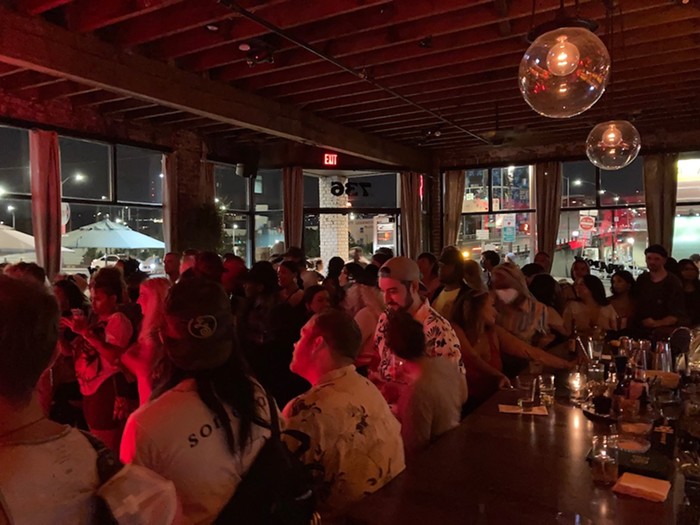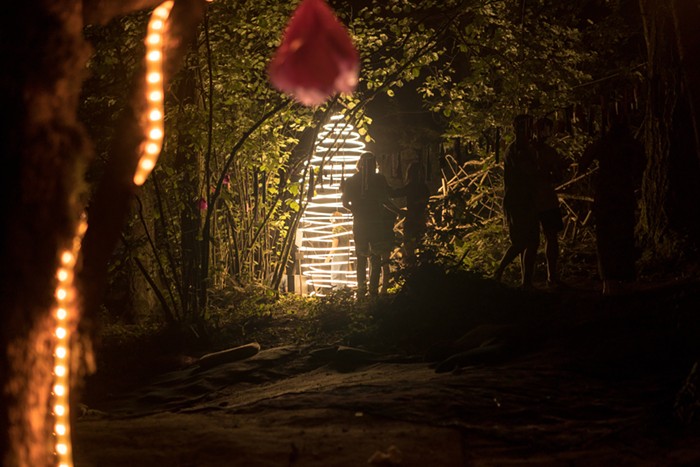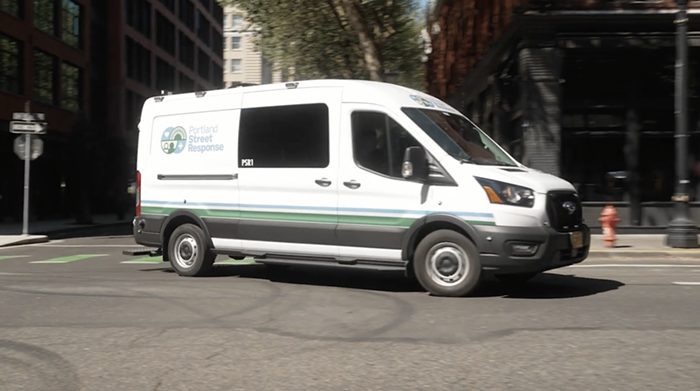Even if you don't know the music of San Diego's Three Mile Pilot, you probably know the band. When Three Mile Pilot entered hibernation at the tail end of the '90s, the band was sliced in two. The rhythm section, composed of Armistead Burwell Smith IV and Tom Zinser, formed the bubbly eschewed pop of Pinback, while multi-instrumentalist Tobias Nathaniel and frontman Pall Jenkins hung their heads in the scorched emotional wasteland of the Black Heart Procession. As time progressed, these side projects evolved into fulltime affairs, and their dual success snuffed out any hope that Three Mile Pilot would ever wake from nearly a decade of indefinite hiatus.
Yet they did. At first, with a one-off performance in Chicago for the Touch and Go 25th Anniversary in 2006 (ironically, this was their sole contribution to the seminal label, which signed the band while they lay dormant, only to have suspended operations by the time of their return), then a trio of sold-out hometown shows earlier this year, and now a full-blown tour and the promise of a new recording.
A glacial pace like this is hard to decipher, but Jenkins attempts to make his case: "I mean, you are dealing with Three Mile Pilot, we're a bit spaced out sometimes." He continues, "Our friends tease us about how long it has taken, but we really do work, and we have 30-35 songs. We're just getting the right ones that we feel good about. [The album] is for sure coming out next year."
Three Mile Pilot's initial induction as icons of the San Diego music scene was due to the success of Pinback and the Black Heart Procession—fine bands forgotten about by those not privy to their early years. But during their original run in the '90s—producing three full-length albums, a dual disc B-side compilation, one incredibly unlikely major label deal with Geffen, and countless tours the world over—few bands wielded the influence of Three Mile Pilot. An improbable product of the sun-soaked conservative sprawl of San Diego—and the polar opposite of the frosted-tipped, bro-hemian rockers that lay claim to America's Finest City—the original trio (Jenkins, Smith, Zinser) sank their heels into an artistic position that enabled the band to experiment with post-punk structure and skillfully dissect the very framework of indie rock.
Their debut, Nà Vuccà Dò Lupù, had no guitar, just the nimble bass work of Smith, the spacious drumming of Zinser, and the sorrowful bellows of Jenkins, who oftentimes was aided by a crackling bullhorn. Their unbridled creativity peaked with Chief Assassin to the Sinister, their finest recording, which featured numerous songs clocking in at over eight minutes in length, the ghostly horns of Jim French, a dizzying multimedia live show, and an LP originally packaged in thick swaths of hand-sewn burlap. Their commitment to an all-encompassing artistic expression—from sound to stage to packaging—was a work of masterful creativity, or... well, something else. "It was a creative time, but I think back then I was on more drugs than I am now," explains Jenkins.
No matter the substances that coursed through Jenkins' body, Three Mile Pilot were as seminal, and just plain important, as any band of that era. Their meticulously assembled sound could never be tied to a single outside influence, and as they cindered out—swallowed whole by the attention given to their other musical endeavors—it seemed that people would never again get to experience the sheer wonder of seeing this band. That is, until now. Please do yourself a favor and do not miss this show.



















